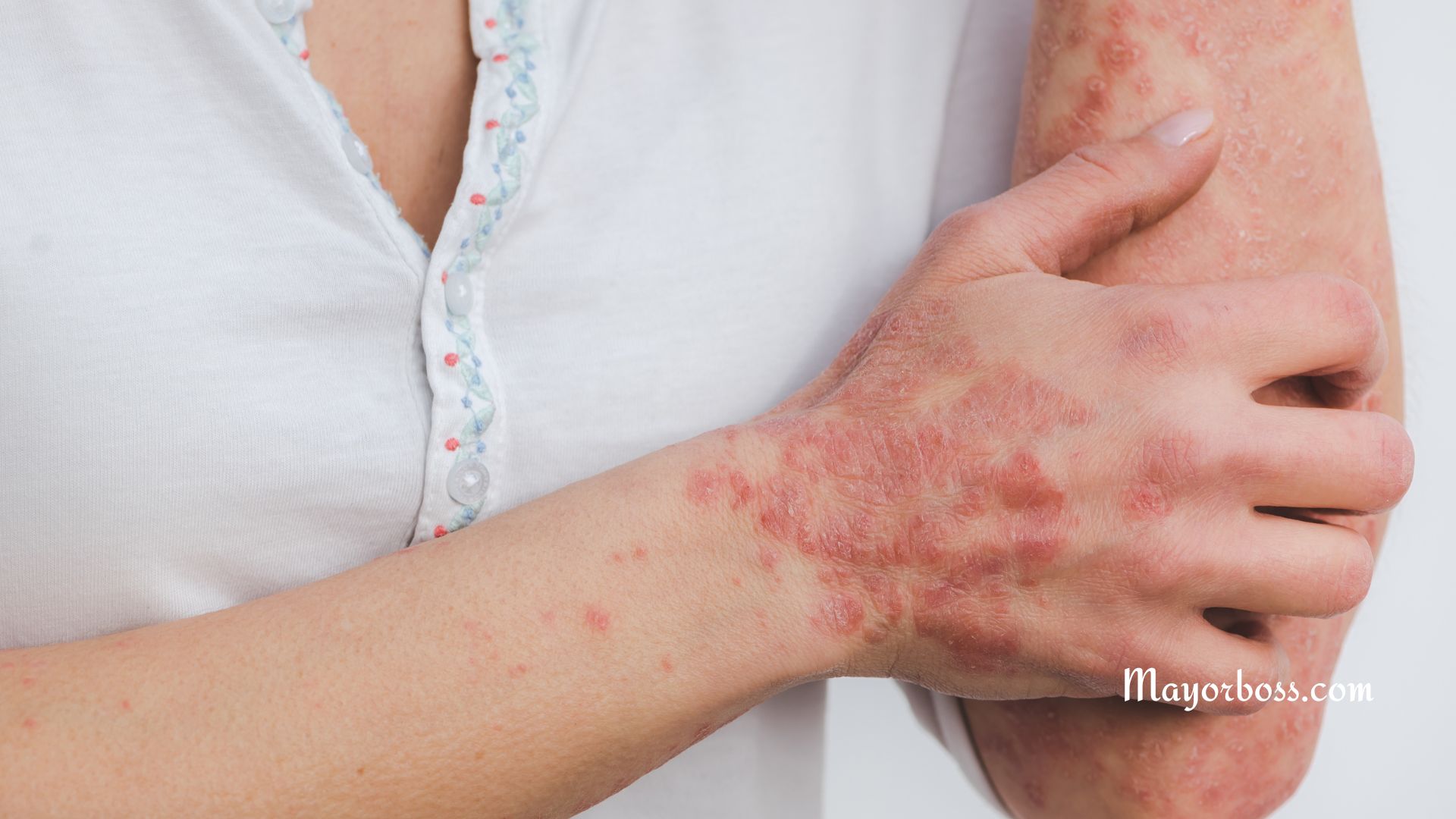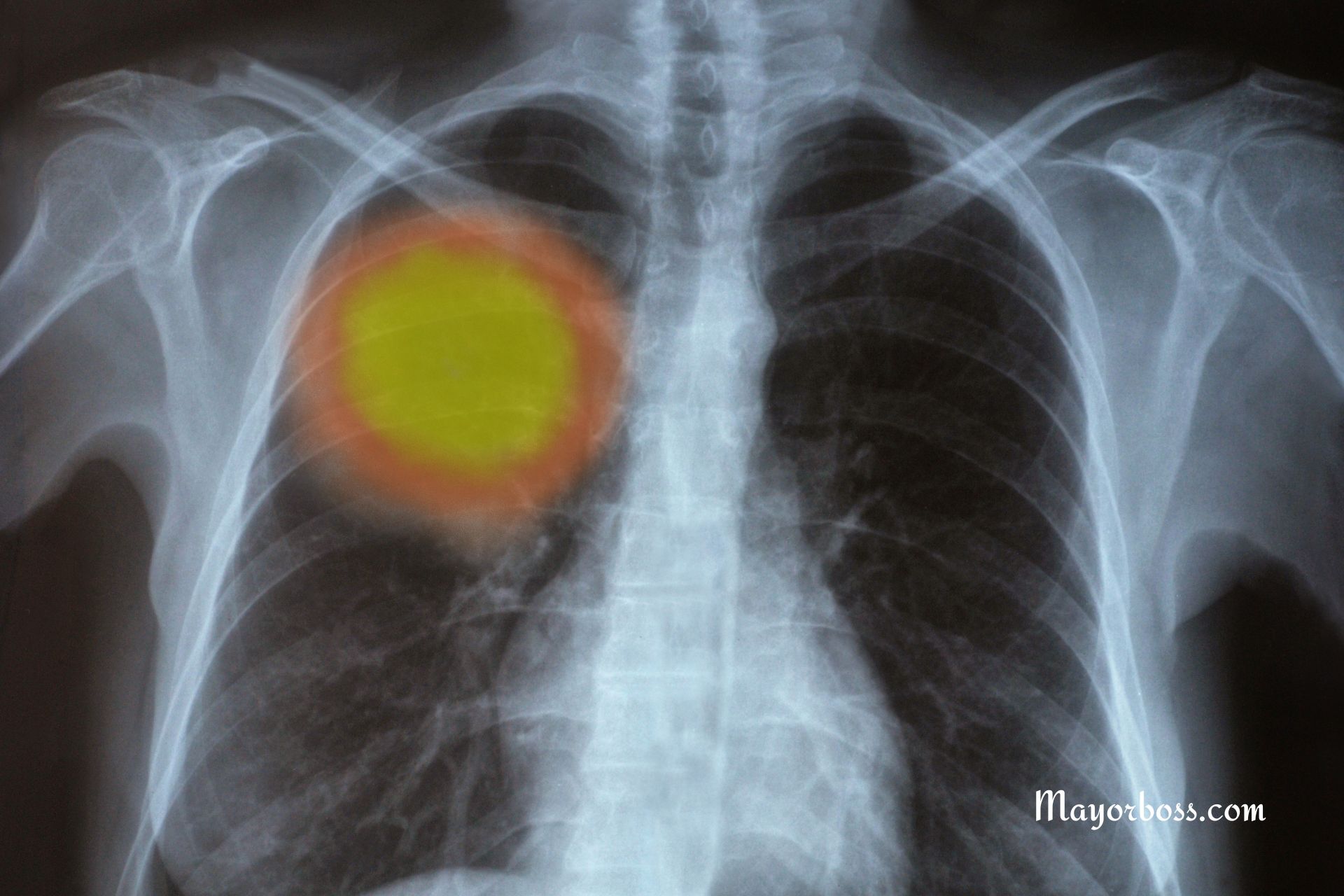What Are Scabies and How Do You Get Them?
Scabies, an infestation caused by a mite known as Sarcoptes scabies, is a skin condition that can affect people of all ages and social classes, according to the Centers for Disease Control and Prevention. This annoying condition brings itchiness and rashes, often spreading across different parts of the body. Scabies can be easily transmitted from person to person, often within the same household or in close contact situations.
What are Scabies?
Scabies is a highly contagious skin infestation characterized by intense itching, particularly at night. The itchiness results from your body’s allergic reaction to the mites and their eggs, as well as their waste, Mayo Clinic, noted. These tiny mites burrow into your skin, where they especially live and lay eggs.

How Do You Get Scabies?
Contrary to what you might think, anyone can get scabies, regardless of personal hygiene. The primary way to contract scabies is through prolonged, skin-to-skin contact with a person who is already infested. This means that it can easily spread among people who live together. Moreover, while less common, you can also contract scabies from sharing clothing, towels, or bedding with an infected person.
Symptoms of Scabies
The symptoms of scabies usually take 4-6 weeks to appear after initial infestation, a phase referred to as the incubation period. Here are some common symptoms:
- Intense Itching: Itching, often severe and usually worse at night, is the most common symptom of scabies.
- Rash: Scabies often presents as a pimple-like rash that may contain tiny blisters or scales.
- Sores: Due to intense scratching, sores can develop, which might lead to secondary infections.
- Track marks: Thin, irregular burrow tracks precisely made up of tiny blisters or bumps on your skin are another sign.
How to Diagnose Scabies?
If you suspect you might have scabies, it’s crucial to consult a healthcare professional. They will ask about your symptoms and might perform a physical examination. In some cases, they might take a sample by scraping off a small section of your skin. Under a microscope, the presence of mites, eggs, or mite feces can confirm a scabies diagnosis.
Treatment for Scabies
Once you are diagnosed with scabies, the usual treatment involves medications that kill scabies mites and their eggs. These medications are often in the form of creams and lotions, such as Permethrin cream and Lindane lotion.
- Permethrin Cream: It’s a topical cream that you apply all over your body, from your neck down, and leave on for at least eight to ten hours.
- Lindane Lotion: This is another medication used for scabies, especially for people who can’t tolerate other treatments. However, it’s more toxic and should be used sparingly.
- Oral medication: For severe cases or for people who cannot apply the creams, a doctor might prescribe an oral medication called ivermectin.
- Antihistamines, corticosteroids, or pramoxine lotion: These can help control the itching.
The itching might continue for several weeks after the treatment, even if all the mites and eggs are killed. This happens due to the persistent allergic reaction in their bodies. To ensure complete eradication of the mites, all household members and close contacts should be treated at the same time, even if they show no symptoms.
How to Prevent Scabies?
Preventing scabies primarily involves avoiding direct skin-to-skin contact with an infected person. If someone in your household is infested, make sure everyone in the home gets treatment. Also, wash all clothing, bedding, and towels used by the infested person in hot water. Items that can’t be washed should be sealed in a plastic bag for a week.
Remember, scabies is not a sign of poor hygiene or a reflection on you. It can happen to anyone, and it’s treatable. However, it’s essential to seek treatment promptly to prevent spreading it to others and to avoid complications such as secondary skin infections. If you suspect you have scabies, consult your healthcare provider as soon as possible.






